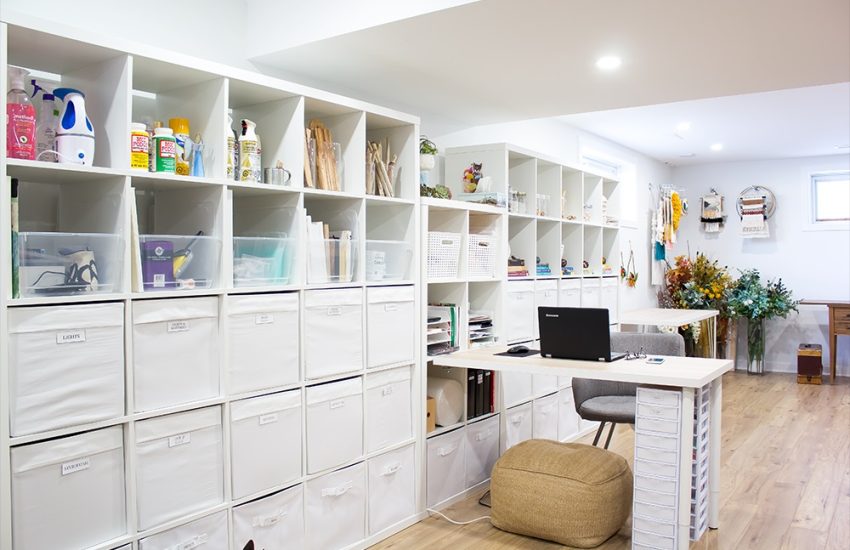Read This to Know About Polished Plaster Finishes
Polished plaster is a phrase used to describe the finish of some plasters as well as new and improved versions of classic Italian plaster finishes. The phrase refers to a wide variety of decorative plaster finishes, from Marmorino and Venetian plaster, which are both extremely polished, to textured polished plasters, which have a more untamed appearance.
Slaked lime, marble dust, and/or marble chips are typically found in polished plaster, which gives each plaster its unique appearance. Marble powder may make up more than 40% of a lime-based polished plaster.
For interior walls and ceilings, polished plaster is mostly used to create a polished marble, travertine, or limestone-like surface. These plasters are typically applied in one to four coats over a primer and basecoat base.
With the use of a special steel trowel, they are polished (burnished) to a flawless, glass-like surface. Typically, a wax sealant is used to protect polished plastering courses.
There are the following few varieties of polished plaster available, which are:
1. Marmorino
Marmorino is a traditional plaster that has its roots in ancient Rome and was well-liked by the Venetians during the height of their power.
It is made from a mixture of crushed marble and lime putty and can be coloured or finished in a wide variety of textures, colours, or glosses.
2. Scagliola
Scagliola is a method used to create architectural features with highly detailed or decorative inlays. It offered improved detail and refinement that would otherwise be unachievable for marble or stone inlay applications, making it the perfect replacement for pricey marble inlays.
3. Sgraffito
A polished plaster method used primarily for wall decoration that uses multiple layers of coloured plaster in opposing colours to achieve a stylized effect resembling carving or painting.
4. Venetian plaster
A more durable version of the classic Italian plaster made with marble dust is called Venetian plaster. It is a highly polished plaster that resembles marble in appearance.
More effectively than any other plaster, it reflects light, making it the ideal finish for walls, arches, and columns.
5. Lucidato plaster
Traditional Italian plaster with a high gloss finish is called lucidato plaster. Although most applications keep things basic with neutral tones, it is made of extremely fine lime putty and can be coloured.
Even though Lucidato plaster seems exactly as smooth to the touch as Venetian plaster, its finish is less grainy. Restaurants, pubs, and retail malls frequently use lucidato plaster as a building material.
6. Stone-look plaster
Something a little unusual about this plaster. Lime plaster that has aggregates that give it a darker, stone-like appearance is known as stone-look plaster. This is a common substance used in swimming pools and wet rooms.
Plaster is ideal for places with low lighting since it can be treated with a mid-sheen or high gloss polish. Industrial structures and conversions, such as mill-flat conversions, are ideally suited for this plaster.
7. Intona plaster/stucco
Intona is a traditional, dated type of stucco. Compared to Venetian plaster, it has a grainier appearance and has the qualities of softly polished limestone.
Although this stucco does not polish to the same high gloss as the polished plasters mentioned above, it is ideal for any situation where a subtle quality is required. For this stucco, walkways and art galleries are ideal settings.

Image Credit: https://www.istockphoto.com/photo/construction-worker-finishing-a-drywall-gm640354520-115962053?phrase=Plaster%20Finishes
It is vital to remember that each type of plaster has hundreds of manufacturers available. Regardless of the technique used, which all require a high level of experience in the medium’s application, polished plaster offers the following benefits that standard plasterwork does not:
1. Superior durability
It is more durable than conventional plaster and can acquire the physical characteristics of marble, but at an additional cost, because it is manufactured from powdered or crushed marble coupled with a plaster basis.
2. Affordability
Since it can replicate the look, feel, and qualities of stone at a lower cost than stonework, polished plaster has long been regarded as the best substitute.
3. Low-maintenance nature
Polished plaster is perfect for both indoor and outdoor applications because it does not require the same kind of maintenance as normal plasterwork.
4. Versatile artistic medium
Plaster that has been polished can be painted, finished, or given a variety of textures, finishes, or simply left matte or flat. It works well with paint and can even have other materials incorporated into it to mimic the appearance and texture of terrazzo.
Polished plaster is the ideal material for high-end interior applications since it is resilient, adaptable, simple to maintain, and most importantly, aesthetically pleasing.




